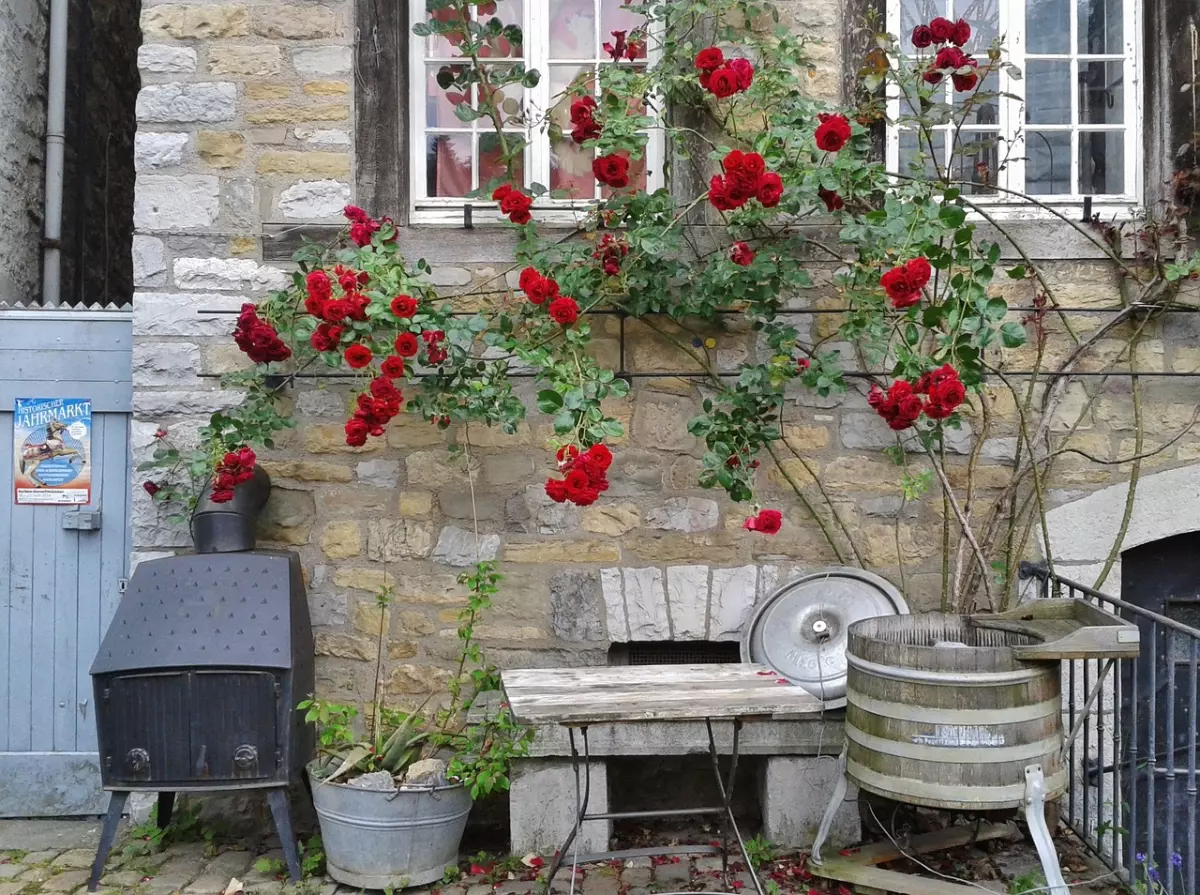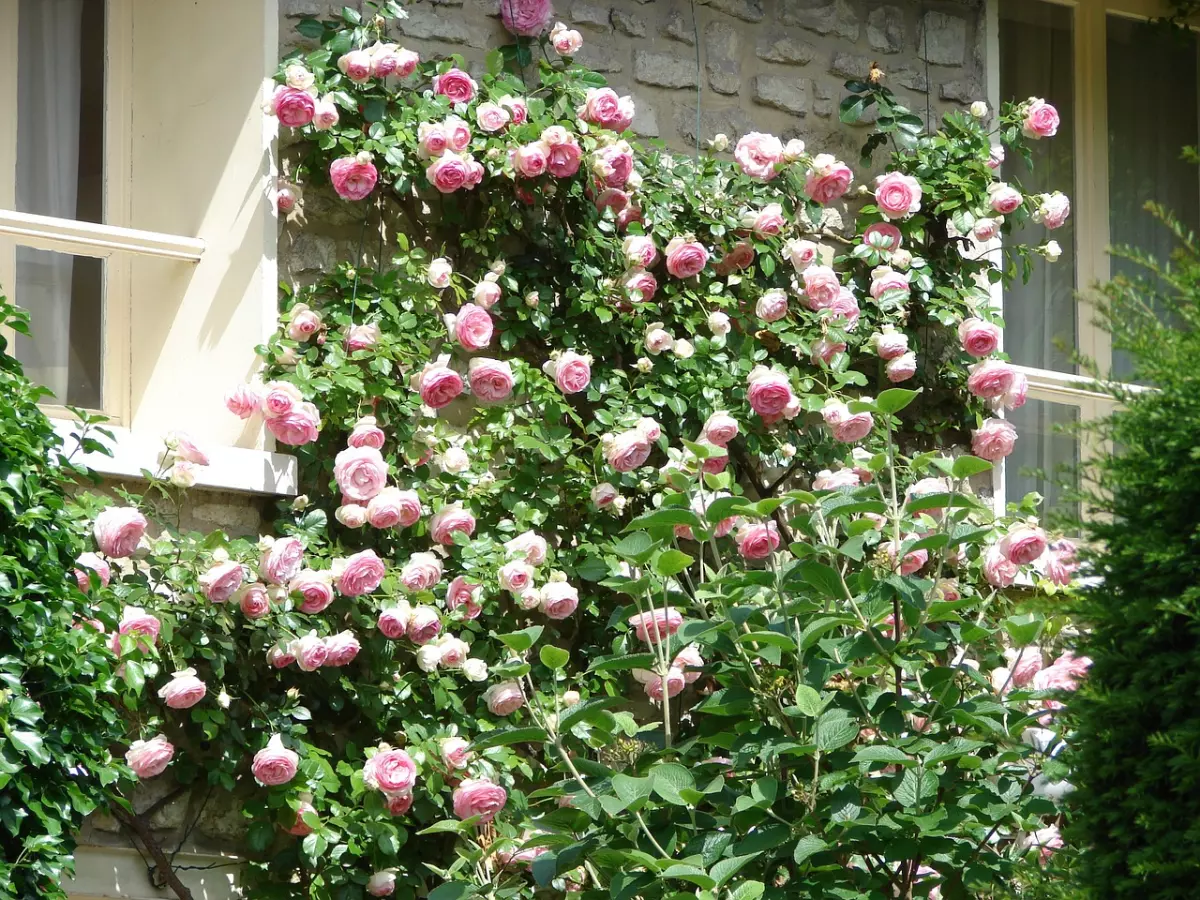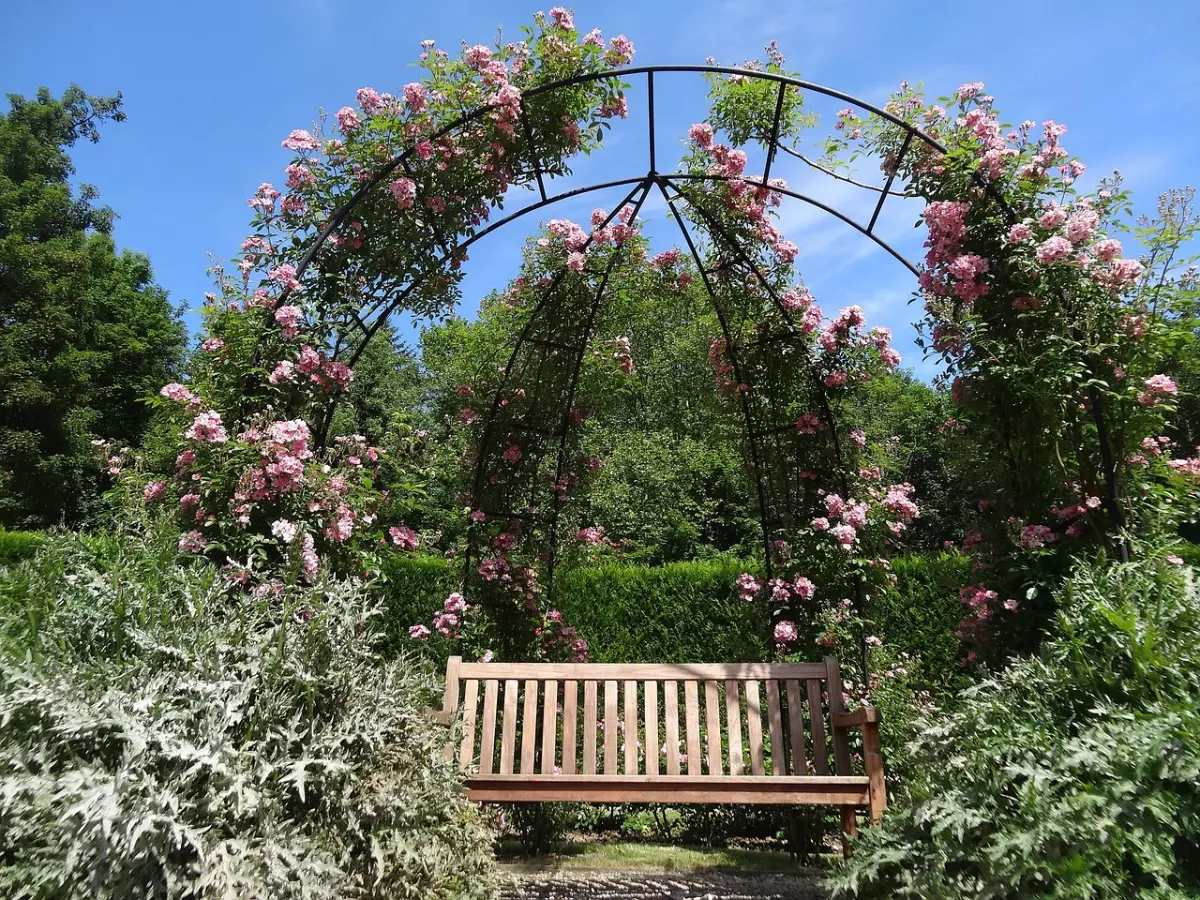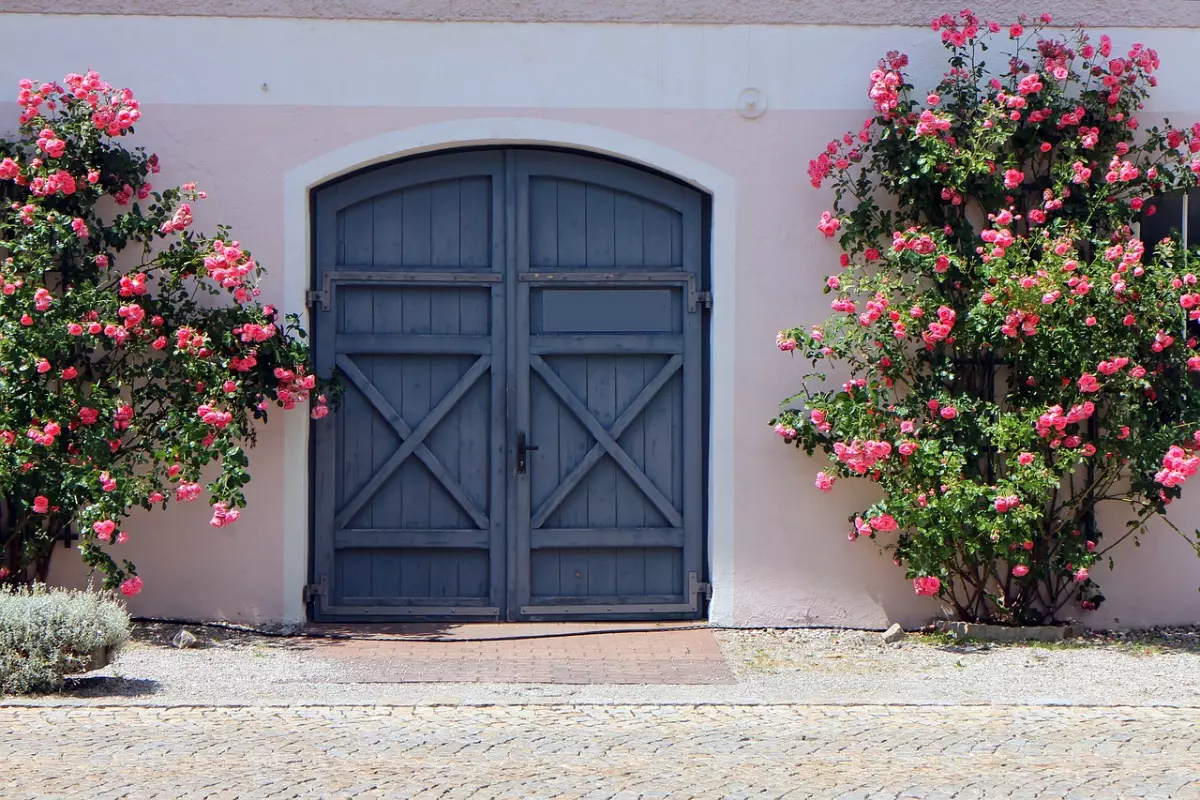Climbing roses grow vertically, and to allow them to create a grid that also spreads horizontally, trellising is essential. But it’s not just for aesthetic reasons. This will allow them to have the space they need to thrive and flower with better air and light circulation. How to train climbing roses in September? The goal this month would be to get them ready for winter.
How to train climbing roses to optimize their beauty?

Advantages of trellising rose bushes
From the introduction of this article, you understand that trellising will only do good for your climbing rose bush. Very often the branches get involved and form a shapeless tuft. Flowers in these conditions are not as beautiful and abundant. Training not only improves the appearance of the rose bush, but above all its general health. The stems that grow horizontally will give flowers that will complete the floral picture. You will create space for each flower and the result may exceed your expectations.
We can clearly see the structure of the rose bush with its main stems which give direction and the lateral stems which provide the beauty of the flowers.

Steps for training climbing roses in September
Training in September is more an act of maintenance than a restructuring of the rose bush. It is very difficult to take over a climbing rose bush during full growth if it has never been managed in a structured way on a support. For this reason, the recommendations are explicit, favor this action in spring when there is not yet a surplus of new stems. Then continue to maintain it. Regularly train climbing roses to keep them healthy and pleasing to the eye.
A well-directed climbing rose bush gives space to each of its flowers

Securing the media
The trellising support is potentially any vertical surface, a wall, a fence, a wooden or metal structure. Pergolas covered with rose bushes create a picturesque atmosphere. For your safety, you must ask yourself a basic question: will the chosen structure support the weight of the plant mass? Once the climbing rose variety has been chosen, it will have variable coverage potential depending on the species. You can calculate and know how to distribute the mass according to its characteristics. Consider stabilizing the structure to support the expected weight, which will be even greater under the influence of winds and rain. In all cases, the structural device must be solid. If attached to a wall, leave a small distance between the two vertical surfaces for air circulation.
The rose bush is closely linked to its support which must remain stable

Pruning
A rose bush has main branches called carpenters and secondary lateral branches. The last ones are those who carry the flowers. You understand, trellising is scalable, because you will have a main structure which will serve as a guide and a secondary branch which we will try to distribute to give space to the flowers. Pruning is done at different times depending on the type of rose bush. Non-everbearing climbing roses are pruned after flowering and everbearing varieties at the end of winter. You must cut all the secondary branches at the same level each time. In September, you can do maintenance pruning-cleaning cutting dead, diseased branches that do not bear flowers.
Wait until the end of the flowering cycle before pruning the climbing rose bush, but you can clean it by removing side stems without flowers or those that are dead or diseased.

Attachment to support
This is one of the most important steps. The attachment is used to guide the branches starting with the carpenters. Tie the ends to the support providing direction as the rose bush grows. As a result, you will master the shape and density of spreading the green and flowery mass. You can then guide the branches so that they spread out in a balanced manner.
Use flexible ties, especially for young rose bushes, because during their first year they are still fragile. Temporary stakes will help the plant at the start of its life. Treat it more delicately until it becomes more resistant.
The young rosebush should be treated delicately with a tutor and flexible ties.

If you are using a trellis grid, a spacing of 30 cm is a good distance between the guide lines. You can add cables to an existing support to support the growth of the rose bush.
The main branches grow vertically, but you can arch and guide them horizontally for denser coverage of your chosen support. As well as abundant and quality flowering.
Example of a vertical bouquet distribution

To conclude the article, it is good to remember that plants are living species and all the care we provide them is not only mechanical actions to master an aesthetic. Observe carefully how your rose bush behaves and help it flourish in the best conditions. It’s an exchange, because it will return it to you a hundredfold. First of all, discover how to train climbing roses and pay attention to the signals to complete the learning of exchange with nature.




